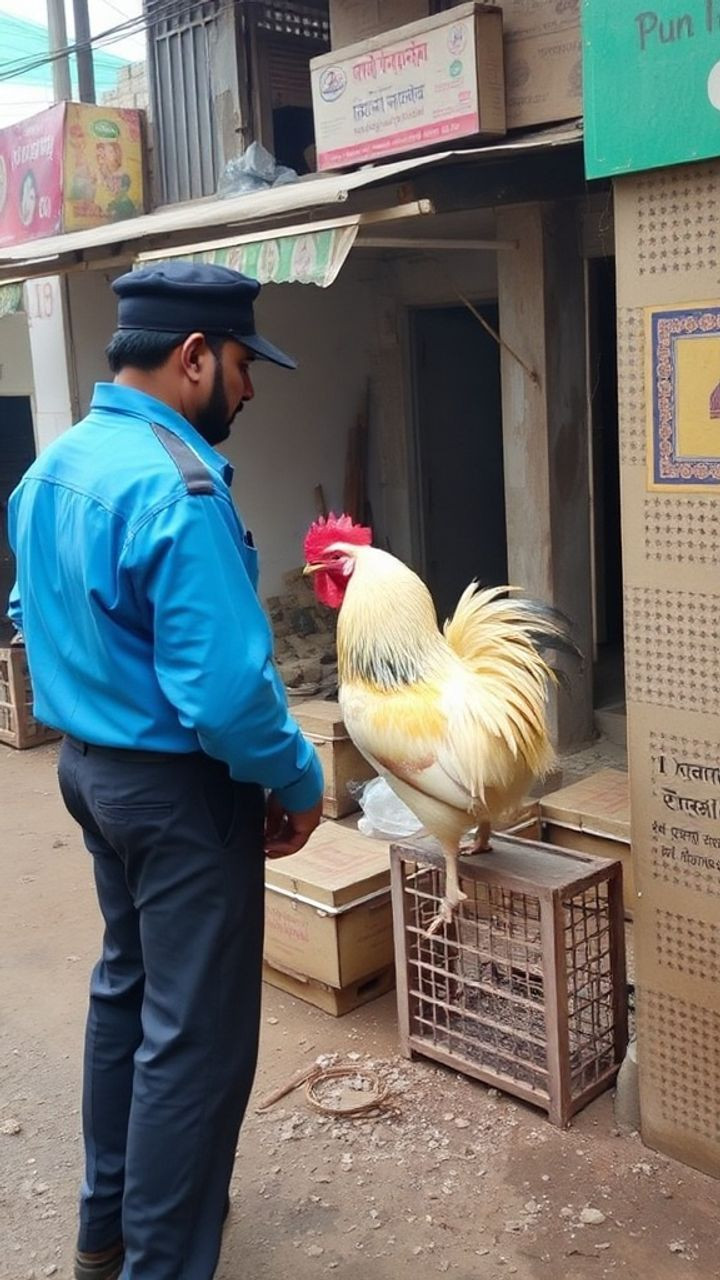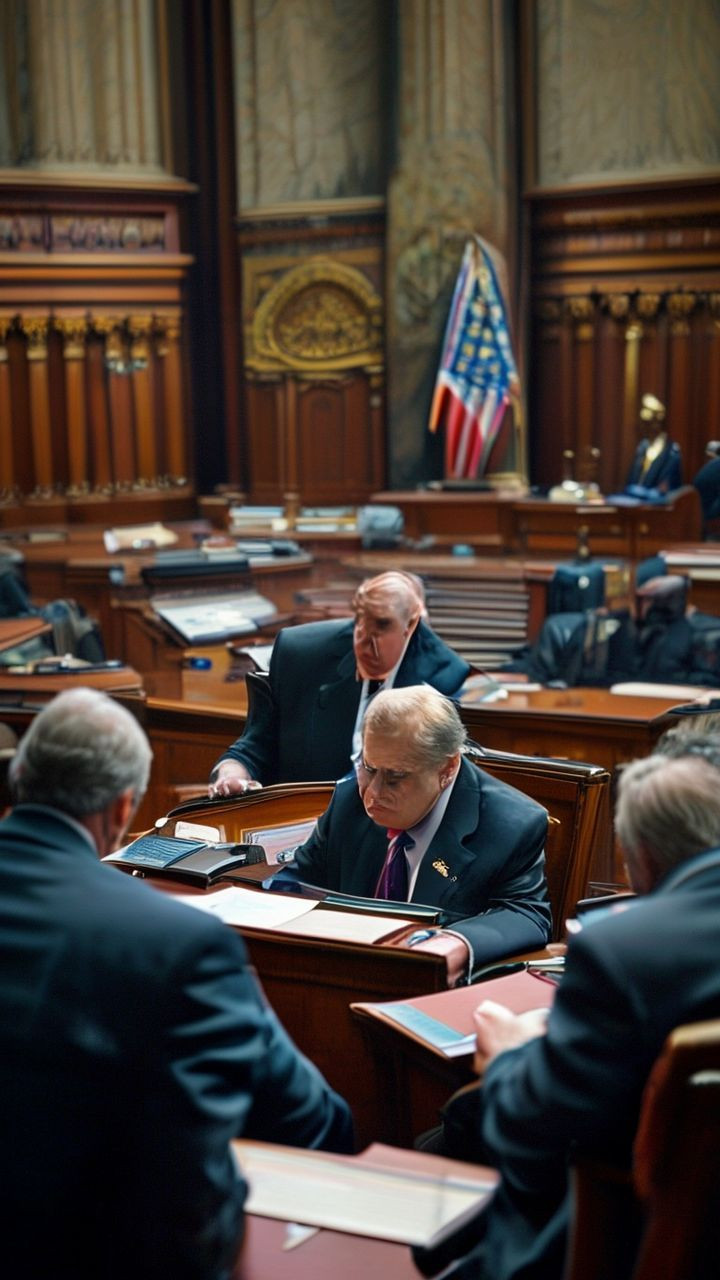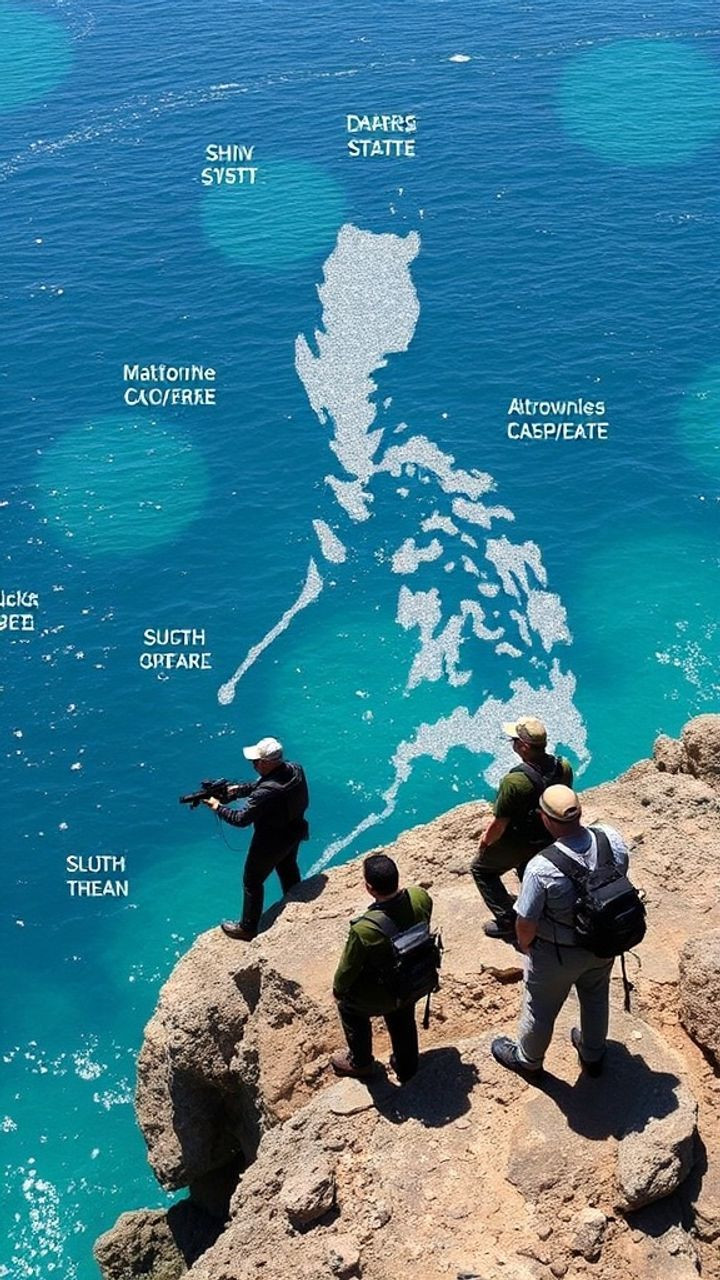
The Future of OFW Remittances A Record-Breaking $38.3 Billion in 2024
The Future of OFW Remittances A Record-Breaking $38.3 Billion in 2024
The Future of OFW Remittances A Record-Breaking $38.3 Billion in 2024
The Bangko Sentral ng Pilipinas (BSP) has announced a significant milestone in overseas Filipino workers' (OFWs) remittance history, with a record-breaking total of $38.3 billion in 2024. This impressive figure marks a 3.0% increase from the same period last year, with December's count reaching a substantial $3.73 billion.
A Record-Breaking Year for OFW Remittances
The full-year total of $38.3 billion not only represents an all-time high but also surpasses the central bank's target of $34.5 billion. This notable growth in remittances is attributed to flows from countries such as the United States, Saudi Arabia, Singapore, and the United Arab Emirates.
Key Contributing Countries
The US accounted for the largest share (40.6%) of overall remittances, followed by Singapore (7.2%), Saudi Arabia (6.4%), Japan (4.9%), the United Kingdom (4.7%), the UAE (4.4%), Canada (3.6%), Qatar (2.8%), Taiwan (2.7%), and South Korea (2.5%).
Factors Driving Growth
According to Philippine Institute for Development Studies senior research fellow John Paolo Rivera, the growth in remittances highlights the continued vital role that OFWs play in supporting the economy. He attributes this growth to sustained economic recovery in the US, Middle East, and Asia-Pacific, leading to higher wages and employment opportunities for OFWs.
Digital Remittance Platforms
Rivera also notes that the adoption of digital remittance platforms has made transfers faster and cheaper, encouraging higher remittance flows. These platforms have reduced transaction costs and increased transparency, making it easier for OFWs to send money home.
Looking Ahead A Stable Growth Driver
Remittances are likely to remain a stable growth driver in 2025, driven by more favorable exchange rates that could encourage higher remittance volumes. However, geopolitical tensions or economic downturns in host countries could affect job security and disrupt remittance flows.
Conclusion
The future of OFW remittances looks promising, with modest growth expected in 2025. The steady inflows will continue to support household spending, driving consumption-led growth. As the economy continues to recover, it is likely that remittances will remain a key driver of economic activity in the Philippines.
Keywords OFW Remittances, Bangko Sentral ng Pilipinas (BSP), Overseas Filipino Workers (OFWs), Cash Remittances, United States, Saudi Arabia, Singapore, United Arab Emirates






